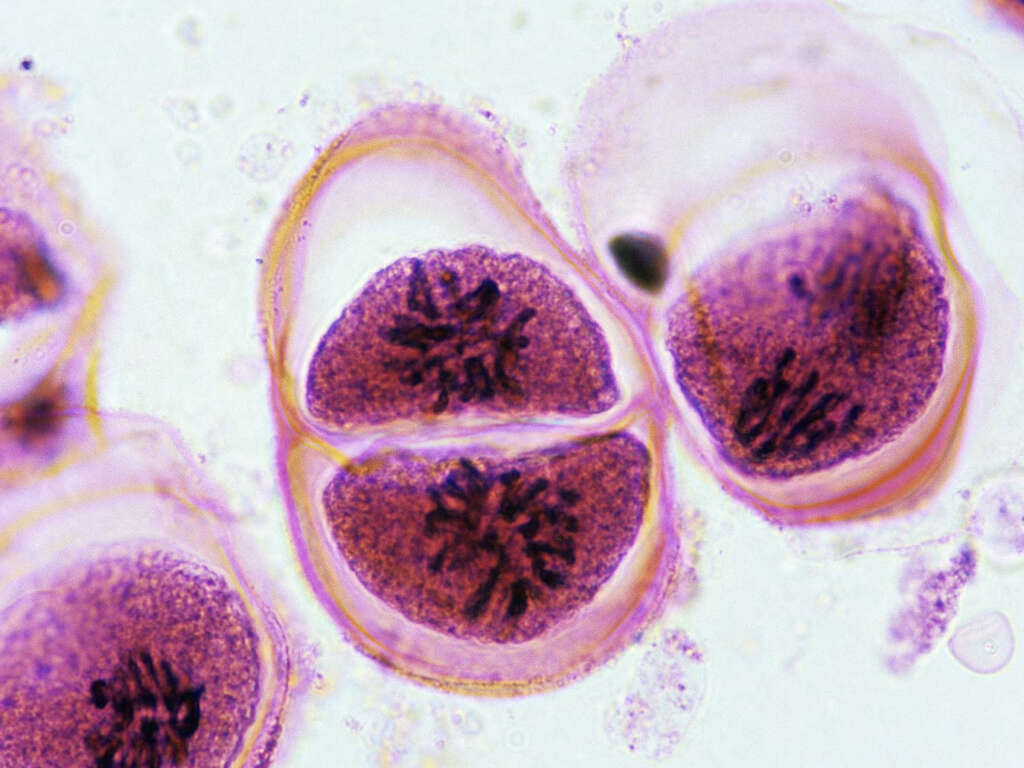What Is HELLP Syndrome?
3. Hemolysis
Our blood cells are essential because they transport and supply the rest of the body with oxygen from our lungs. Normal red blood cells have a life span of approximately 120 days. When our blood cells come to the end of their lives, they are broken down by our bodies in a process known as hemolysis, in order to recycle some of their components. In HELLP syndrome, red blood cells are broken down too soon.
In this condition, the lining of many blood vessels (endothelium) is damaged; thus, certain molecules within the wall of the vessels become exposed and cause the activation of the coagulation cascade. Once activated, it causes platelet adhesion onto the damaged endothelium. Importantly, as red blood cells pass through tiny blood vessels(capillaries), these platelet-fibrin deposits may cause their fragmentation. This process of hemolysis decreases the general mass of red blood cells in the body, causing microangiopathic anemia (anemia that is caused by a condition that affects tiny blood vessels).
In patients with HELLP syndrome, a peripheral smear might be performed to provide information about the shape (and number) of blood cells in the body. This test might reveal schistocytes or fragmented red blood cells that can be irregular and take on different shapes.
Advertisement












